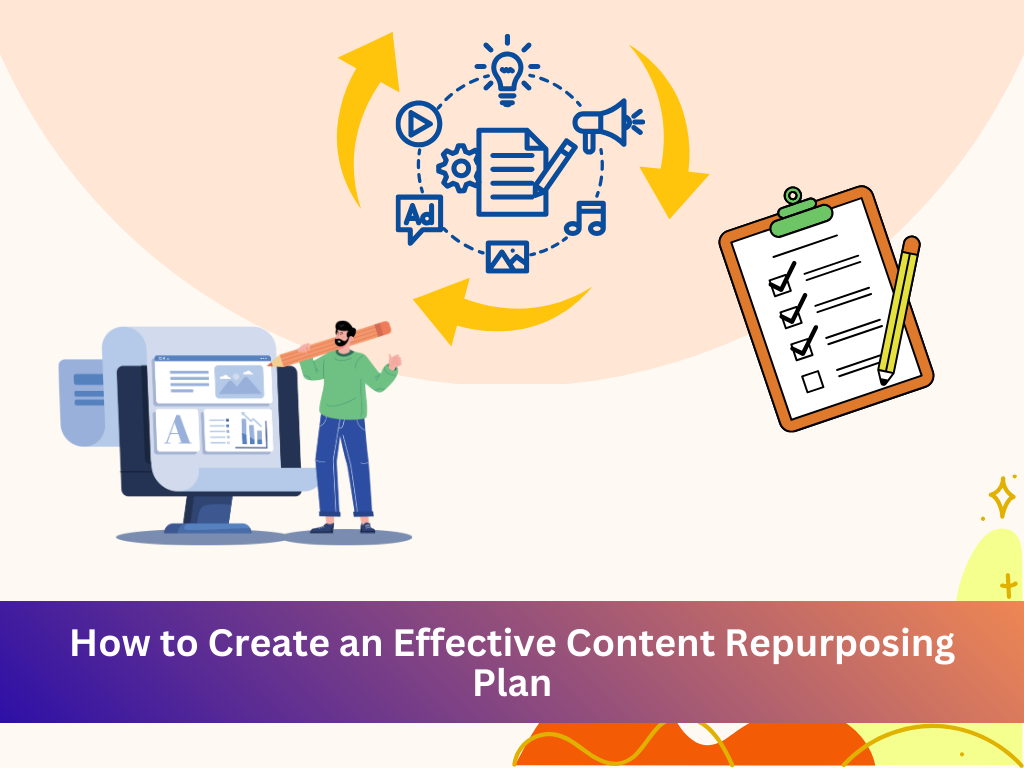
Introduction
Creating fresh content consistently can be time-consuming and resource-intensive. Content repurposing allows you to maximize the value of your existing content by transforming it into different formats for multiple platforms. This approach not only saves time but also helps extend your reach and boost engagement. In this blog, we’ll outline the best strategies for repurposing content effectively.
1. Identify High-Performing Content
Not all content is suitable for repurposing. Start by analyzing past content to identify pieces that have performed well in terms of engagement, traffic, and conversions.
Key Metrics to Consider:
- Traffic Data – Blog posts or articles with high organic traffic.
- Social Engagement – Content with strong shares, likes, and comments.
- Conversion Rates – Pieces that led to email sign-ups, downloads, or sales.
- Evergreen Potential – Topics that remain relevant over time.
2. Choose the Right Repurposing Formats
Once you’ve identified content to repurpose, decide how to transform it into different formats.
Popular Repurposing Strategies:
- Turn Blog Posts into Infographics – Summarize key points into a visually engaging format.
- Convert Webinars into Blog Posts – Transcribe and refine webinars into comprehensive articles.
- Create Social Media Snippets – Break long-form content into bite-sized posts for platforms like LinkedIn and Twitter.
- Repurpose Videos into Podcasts – Extract audio from videos to create a podcast episode.
- Bundle Content into E-books or Whitepapers – Combine related blog posts into downloadable resources.
- Transform Case Studies into Testimonials – Showcase customer success stories in a more digestible way.
3. Customize Content for Different Platforms
Each platform has its own best practices and audience expectations. Ensure that repurposed content aligns with the format and style of the intended platform.
- LinkedIn & Twitter – Short-form insights, polls, and thought leadership snippets.
- Instagram & Pinterest – Visual-based content such as carousels, stories, and infographics.
- YouTube & TikTok – Video explainers, behind-the-scenes content, and tutorials.
- Email Newsletters – Curated summaries and personalized content recommendations.
4. Leverage Automation & Scheduling Tools
To streamline content distribution, use automation tools to schedule repurposed content across various platforms.
- Social Media Schedulers – Tools like Buffer, Hootsuite, and Later.
- Email Automation – Platforms like Mailchimp and ActiveCampaign.
- Content Management Systems – WordPress and HubSpot for easy republishing.
- Video Editing Tools – Canva and InVideo for repurposing video content.
5. Track & Optimize Your Repurposing Strategy
Monitor the performance of repurposed content and adjust your strategy accordingly.
- Engagement Metrics – Measure likes, shares, comments, and views.
- Conversion Tracking – Analyze lead generation and sales impact.
- SEO Performance – Monitor keyword rankings and traffic.
- Audience Feedback – Use surveys and comments to refine content approaches.
An effective content repurposing plan helps maximize your existing content’s value, increase reach, and save time. By identifying top-performing content, selecting the right formats, customizing for different platforms, leveraging automation, and tracking results, you can create a scalable strategy that keeps your audience engaged across multiple channels.
